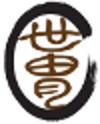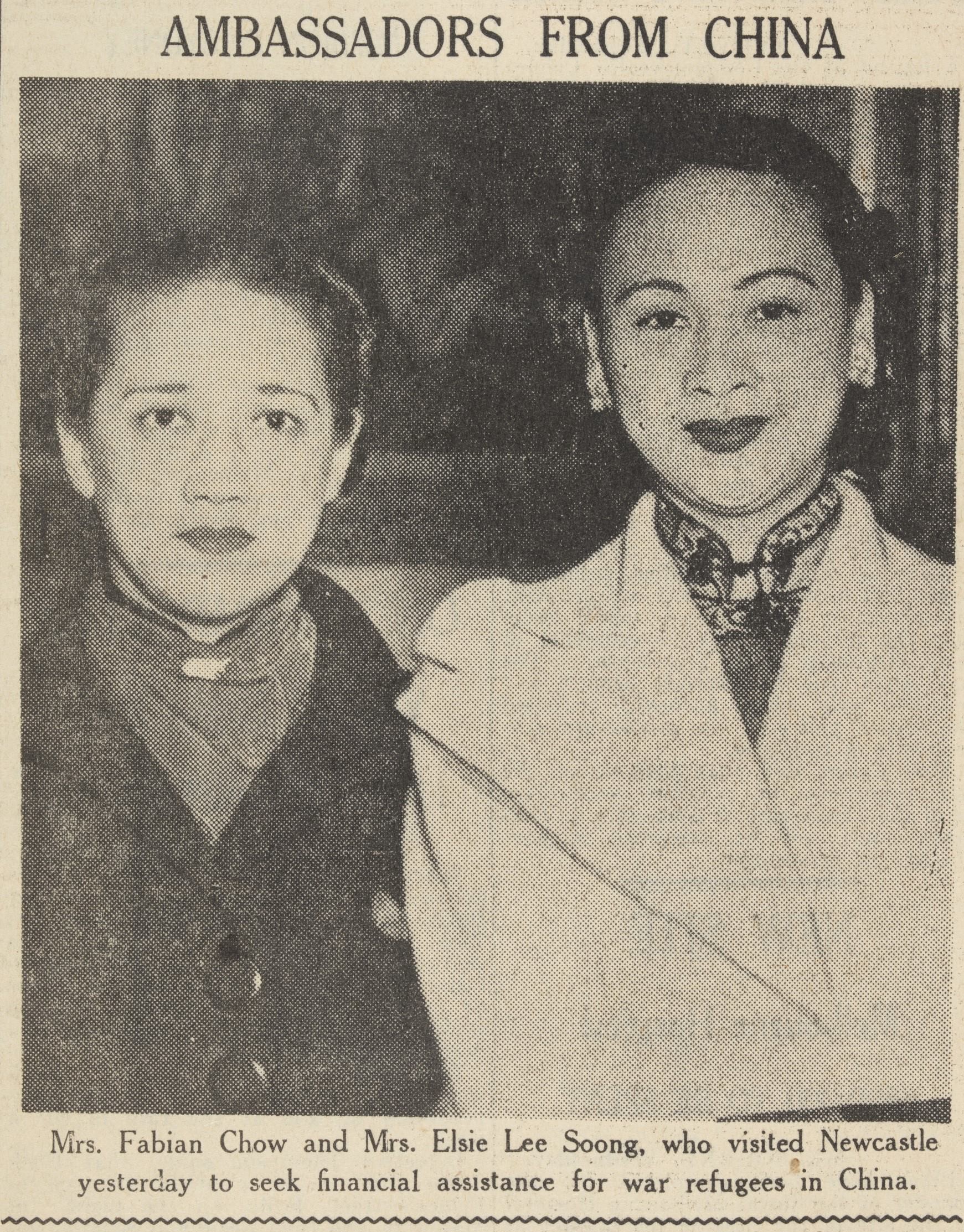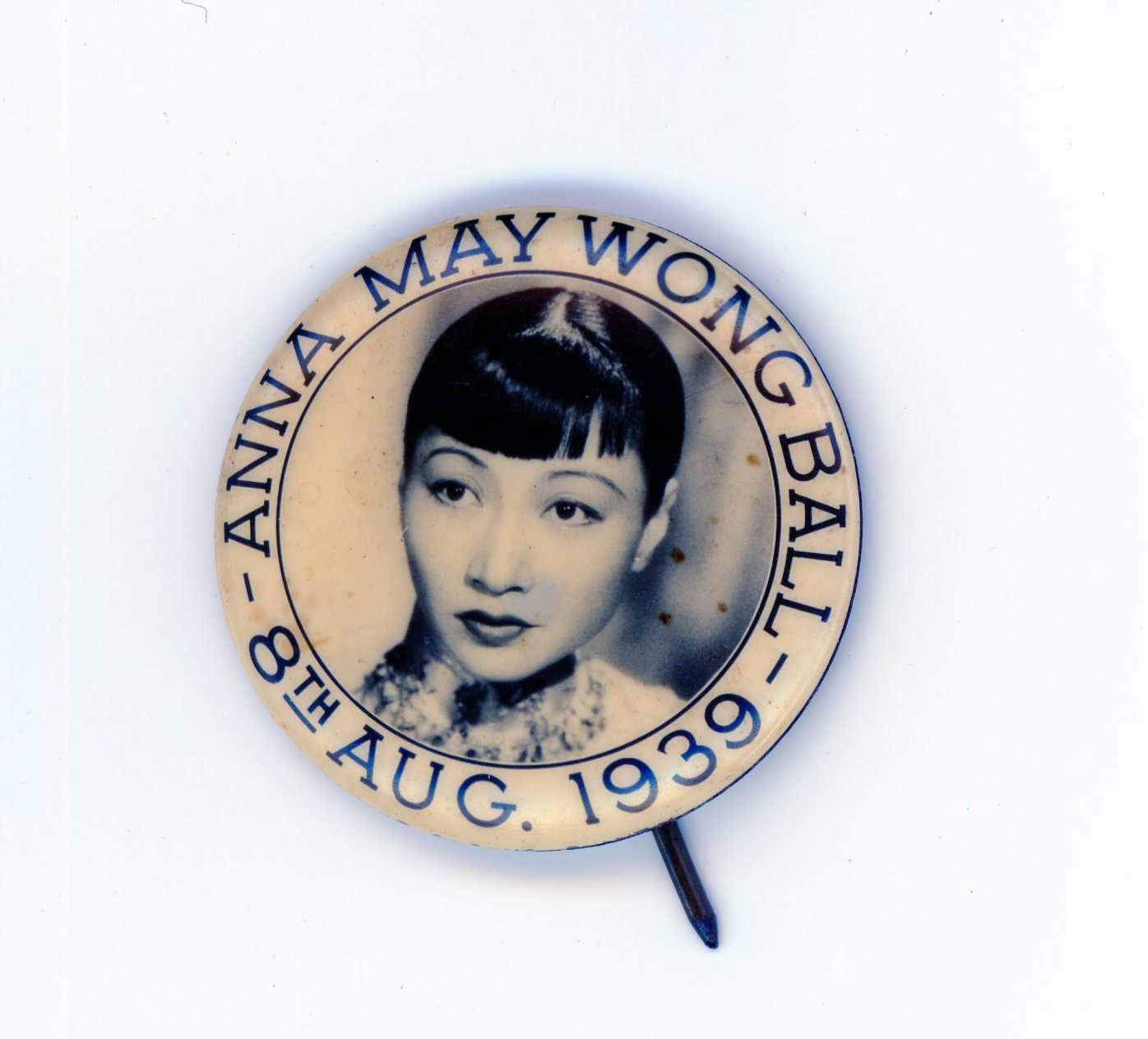
Home
News
Upcoming Events
Past Events
Membership
Contact Us
Donate Now
Sponsors & Donors
New Publication

Chinese Heritage Association of Australia Inc.

New Publication
CHAA is self-publishing a book in 2025, Transforming Australia-China Relations 1937-1945, and has engaged Australian Scholarly Publishing, the publisher of Unlocking the History of the Australasian Kuo Min Tang by Mei-fen Kuo and Judith Brett. The publication will be followed by a documentary to be made by Sandra Pires, Producer and Director of The Dalfram Dispute 1938: Pig Iron Bob.
The book follows the story of one of the many relief funds formed in Australia after the invasion of China by Japan in 1937. The NSW Chinese Women’s Relief Fund registered as a charity and accepted donations of goods and money, shipping aid to China including medical supplies, food and clothing for refugees and orphans. The book also explores reasons for a dynamic shift in public opinion towards China and Chinese residents of Australia led by strong media support through the press, radio and newsreel; as well as support from key sectors of the community – politicians from the left and right, the church and the Labor movement, even the Communist Party of Australia!
But for a fundraising movement to be real a success, celebrities are needed. Film stars always work well. The other ingredient is mass entertainment and spectacle. All was provided – including Chinese pageants and festivals, with a 43-metre dragon and massive displays of fireworks. At the dragon’s first appearance in Sydney on 24 February 1938, 40,000 people crowded into the showground and 10,000 were turned away. A second show had to be organised for Easter Saturday on 16 April with another 40,000 strong crowd.
Mrs Fabian Chow, (born Alice Lim Kee in Rutherglen, Victoria; a star of the 1920s Shanghai film industry) toured Australia with Mrs Elsie Lee Soong attracting large crowds and giving speeches about the war in China and the need for aid. They represented China at the International Women’s Conference in Sydney in February 1938, where Alice Chow delivered a message from Madame Chiang Kai-shek.
Alice Chow also addressed the NSW Labor Council on 29 April 1938, praising the Australian people for their sympathy and generosity, and praising waterfront workers for refusing to load war material bound for Japan. “My tour has convinced me that your governments do not reflect the will of the people.” Alice knew how to give the media a good story!
Doris Chen who had worked in Hollywood on the production of the 1937 film The Good Earth based on the Pearl Buck’s Pulitzer Prize winning novel, arrived in Sydney in October 1938 to organise the Ten Thousand Rice Bowl Appeal in Sydney and Melbourne on behalf of Madame Sun Yat-sen (Soong Ching-ling). She arrived with 10,000 rice bowls, 20,000 chopsticks and plenty of fireworks – more Chinese pageants and that same dragon appeared at a showground in Melbourne.
In 1939, Anna May Wong, the first actor of Chinese background to make it in Hollywood, arrived for a 12-week tour with other American actors on the Tivoli circuit in Melbourne and Syndey. In the 1930s, Anna May Wong and Marlene Deitrich were two of the top stars of Paramount Pictures. Whenever Anna May Wong left her hotel, she was followed by enormous crowds. But she was also here for another reason. Balls were held in her honour to raise funds for China relief. The Anna May Wong Ball was held in Sydney on 8 August 1939 in the Wentworth Ballroom. All the guests wore lucky portrait buttons of the star, who spent a busy time autographing promotional photographs brought from Hollywood, which she sold for the purchase of an ambulance for China. Whatever Anna May Wong did was reported in newspapers across Australia.
Within a few months of Japan’s invasion of China, it had become fashionable to be seen supporting China relief. Women supporting fundraising events held by the NSW Chinese Women’s Relief fund included Lady Jordan, wife of the Chief Justice of NSW, Sir Frederick Jordan and Mrs. Charles Lloyd Jones, wife of the Managing Director of David Jones.
During the Second World War, China was a strategic ally. It was important for Australia, as well as other countries around the Pacific and the United States, that China did not surrender to Japan and kept a significant proportion of the Japanese military occupied in mainland China. This became an imperative after the attack on Pearl Harbour along with continuing aid to China, and was widely discussed in the media. “Now that war is at our gates, the Australian people are realising to a greater extent than hitherto their indebtedness to China.”
During the early 1940s, Australia-China Associations were established. Their membership included politicians from both sides, business leaders and academics who developed a vision of a new post-war future in which China was key to peace in the Pacific. China would be a vast market for Australian goods. China would need to rebuild its industry and Australia could provide the training and higher education for students from China. There would be opportunities for cultural exchange. The White Australia policy could be amended (or even abolished) allowing quotas of Chinese migrants.
The vision of the early 1940s may sound familiar, but it was postponed for decades, with Australia-China relations entering a new Cold War freeze, a new Dark Age of old phobias like “Asian Hordes” and “Yellow Peril”, with the new element of “Reds Under the Bed”. The period of close engagement and cultural diplomacy with China 1937-1945 was "snuffed out" by post war turmoil in Asia, civil war in China and the rise and fear of Communism. As a result, the accepted narrative of Australia’s war in the Pacific largely omits the role of China and the significant role of Chinese-Australians in organising relief for China and widespread community support.
Peter Hack
July 2024
.jpg)
NSW Chinese Women’s Relief Fund, 29 October 1938.
(Collection of Wailum Simpson Lee; now SLNSW)

Newcastle Morning Herald and Miners' Advocate,12 May 1938.
(SLNSW)
.jpg)
Photograph of Anna May Wong personally inscribed,
“To Frank Chinn, Sincerely Yours, Anna May Wong”.
(Frank Chinn Collection, Museum of Chinese Australian History, Melbourne, 1750.358.46)

Lucky portrait button worn by guests at the Anna May Wong Ball, 8 August 1939. (Gift of Mei-Lin Yum, Collection of Peter Hack)
